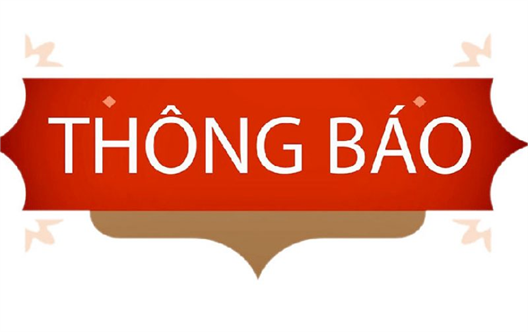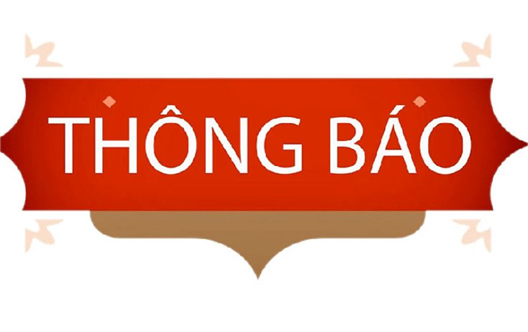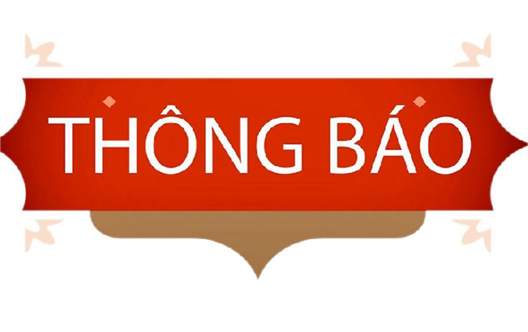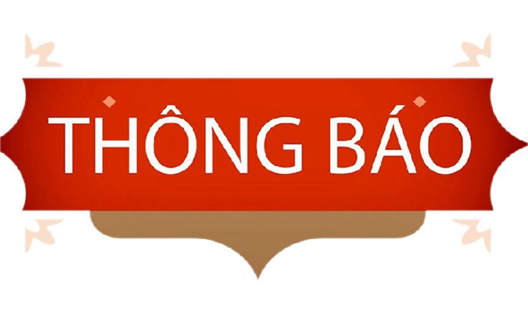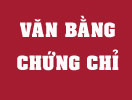Thông tin luận án
Ngày 19-04-2016
Thông tin luận án của NCS. Nguyễn Mạnh Tiến
Tên luận đề tài luận án: Phân tích câu về cú pháp dựa vào thuộc tính kết trị của từ (Trên cứ liệu câu động từ tiếng Việt)
Chuyên ngành: Ngôn ngữ Việt Nam
Mã số: 62.22.01.02
Nghiên cứu sinh: Nguyễn Mạnh Tiến
Người hướng dẫn: PGS.TS. Đào Thị Vân
Cơ sở giáo dục đại học thành viên: Trường Đại học Sư phạm
Cơ sở đào tạo: Đại học Thái Nguyên
CÁC KẾT QUẢ, ĐÓNG GÓP MỚI CỦA LUẬN ÁN
1. Luận án góp phần giải quyết triệt để, thỏa đáng hơn một trong những vấn đề nan giải của ngữ pháp tiếng Việt: vấn đề “Thành phần câu là gì?” cũng như tiêu chí xác định và danh sách các thành phần câu. Cụ thể:
- Là phạm trù cú pháp, thành phần câu đích thực phải là thực từ. Mỗi thực từ trong câu được coi là một thành phần câu nhất định.
- Thành phần câu theo cách hiểu trên đây, một mặt, cần được phân biệt với các thành tố cận cú pháp (được biểu hiện bằng hư từ); mặt khác, được phân biệt với các thành tố thuộc cấu trúc giao tiếp (đề, thuyết) và các thành tố thuộc cấu trúc nghĩa biểu hiện của câu.
- Là phạm trù cú pháp, thành phần câu cần được xác định dựa cả vào mặt nội dung lẫn hình thức cú pháp trong đó, nội dung là mặt bản chất.
- Hệ thống thành phần câu tiếng Việt bao gồm thành phần chính duy là vị ngữ và các thành phần phụ mà trừ thành phần biệt lập, đều là các thành tố thể hiện kết trị của chủ động của vị từ (chủ ngữ, bổ ngữ, trạng ngữ) và danh từ (định ngữ).
2. Luận án góp phần giải quyết triệt để, thoả đáng hơn những vấn đề tranh luận về bản chất, đặc điểm, ranh giới của các thành phần câu cụ thể:
- Về bản chất, đặc điểm cú pháp của vị ngữ: Luận án chứng minh thành phần chính duy nhất (đỉnh cú pháp của câu) là vị ngữ (không phải luôn trùng với hạt nhân của cụm chủ vị).
- Về bản chất cú pháp của chủ ngữ, ranh giới giữa nó và bổ ngữ:
+ Nhìn từ góc độ kết trị của vị từ, chủ ngữ là thành phần phụ của câu thể hiện kết trị chủ thể của vị từ (hoặc chủ ngữ là diễn tố chủ thể của vị từ).
+ Về ranh giới giữa chủ ngữ và bổ ngữ: Trong những câu hay cấu trúc với vị ngữ (hạt nhân) là động từ trung tính; bên động từ - vị ngữ có những thành tố (diễn tố) có đặc điểm hỗn hợp của chủ ngữ và bổ ngữ (hiện tượng trung hoà hoá sự đối lập giữa chủ ngữ và bổ ngữ).
- Về quan hệ cú pháp giữa trạng ngữ với bộ phận còn lại của câu và vị trí cơ bản của trạng ngữ trong cấu:
+ Trạng ngữ là thành phần mở rộng tự do cho vị ngữ hoặc vị từ. Cách nhìn nhận này giúp giải quyết một trong những vấn đề “nan giải nhất” của ngữ pháp: vấn đề phân biệt trạng ngữ của câu với trạng ngữ hay bổ ngữ tự do của vị từ.
+ Mặc dù trạng ngữ có sự tự do hơn về vị trí so với bổ ngữ nhưng vị trí cơ bản của trạng ngữ là ở sau vị từ.
- Về bản chất cú pháp của khởi ngữ: Dựa vào mối quan hệ cú pháp (quan hệ kết trị) giữa các từ, luận án chứng minh rằng các từ ngữ được coi là khởi ngữ chính là biến thể biệt lập của các thành phần câu nhất định.
KHẢ NĂNG ỨNG DỤNG TRONG THỰC TIỄN
Kết quả nghiên cứu câu về cú pháp theo lí thuyết kết trị có thể được sử dụng vào việc biên soạn các tài liệu phục vụ cho việc dạy học ngữ pháp tiếng Việt theo quan điểm hiện đại và theo hướng đổi mới.
.
INFORMATION OF DOCTORAL DISSERTATION
The dissertation title: Analyzing sentences in terms of the syntax based on the valance properties of words (On the evidence of Vietnamese sentences and verbs)
Speciality: Vietnamese language
Code: 62.22.01.02
PhD. candidate: Nguyen ManhTien
Scientific supervisor: Assoc. Prof. Dao Thi Van, PhD.
Training Institution: College of Education, Thai Nguyen University.
THE NEW SCIENTIFIC FINDINGS
1. The dissertation contributes to solving more absolutely and satisfactorily one of difficult problems of Vietnamese grammar: problem “What is the sentence composition?” as well as criteria of identifying and list of sentence compositions. Specifically:
- It is the syntactic category; the real sentence composition must be the substantive. Each substantive in the sentence is considered to be a certain sentence composition.
- The sentence composition according to the above understanding, on the one hand, should be distinguished from sub-syntactic elements (expressed by the expletive); on the other hand, is distinguished from the elements of the communicative structures (clauses, theories) and the elements of expressionism structure of sentences.
- It is the syntactic category; the sentence composition should be determined based both on both content and form of syntax in which the content is in nature.
- System of Vietnamese sentence components include single major components which are the predicate and sub-components that exclude separate components, are the elements representing the valence of the active of the predicate (the subject, complement, adverb) and noun (the predicate).
2. The dissertation contributes to solving more absolutely and adequately the debates about the nature, characteristics and boundaries of the specific sentence elements:
- About the nature and characteristics of the predicate syntax: The dissertation proves the only major component (the syntaxpeak of the sentence) is the predicate (which not always coincide with the kernel of the subject-predicate clause).
- About the syntactic nature of the subject, the boundary between it and complement:
+ The syntactic nature of the subject: From the perspective of the valence of the predicate, the subject is the sub-component of the sentence reflecting the valence of the predicate subject (or the subject is the subjective expressive component of the predicate).
+ The boundary between the subject and complement: In the sentences or structures with the predicate (kernel) is the neutral verb; the side of verb - predicate with the elements (expressive component) is characterized by the mixture of subject and complement (neutralization of the opposition between the subject and the complement).
- On the syntactic relationship between the adverb with the remaining component of the sentence and the basic position of the adverb in the sentence.
+ Adverb is a free extension for the predicate or predicative. This viewpoint helps to solve one of “the most difficult” problems of grammar: the problem of distinguishing the sentence adverb from adverb of free complement of the predicative.
+ Although the adverb has the freer position than the complement, its basic position is behind the predicative.
- About the syntactic nature of the sentence introducer: Based on the syntactic relationship (the valence relations) between words, the dissertation proves that words which are considered as the sentence introducers are separate variants of certain sentence components.
POSSIBILITIES OF PRACTICAL APPLICATION
Research results about the syntax according to the valence theory could be used in drafting documents for teaching Vietnamese grammar in the modern perspective in the direction of innovation.
